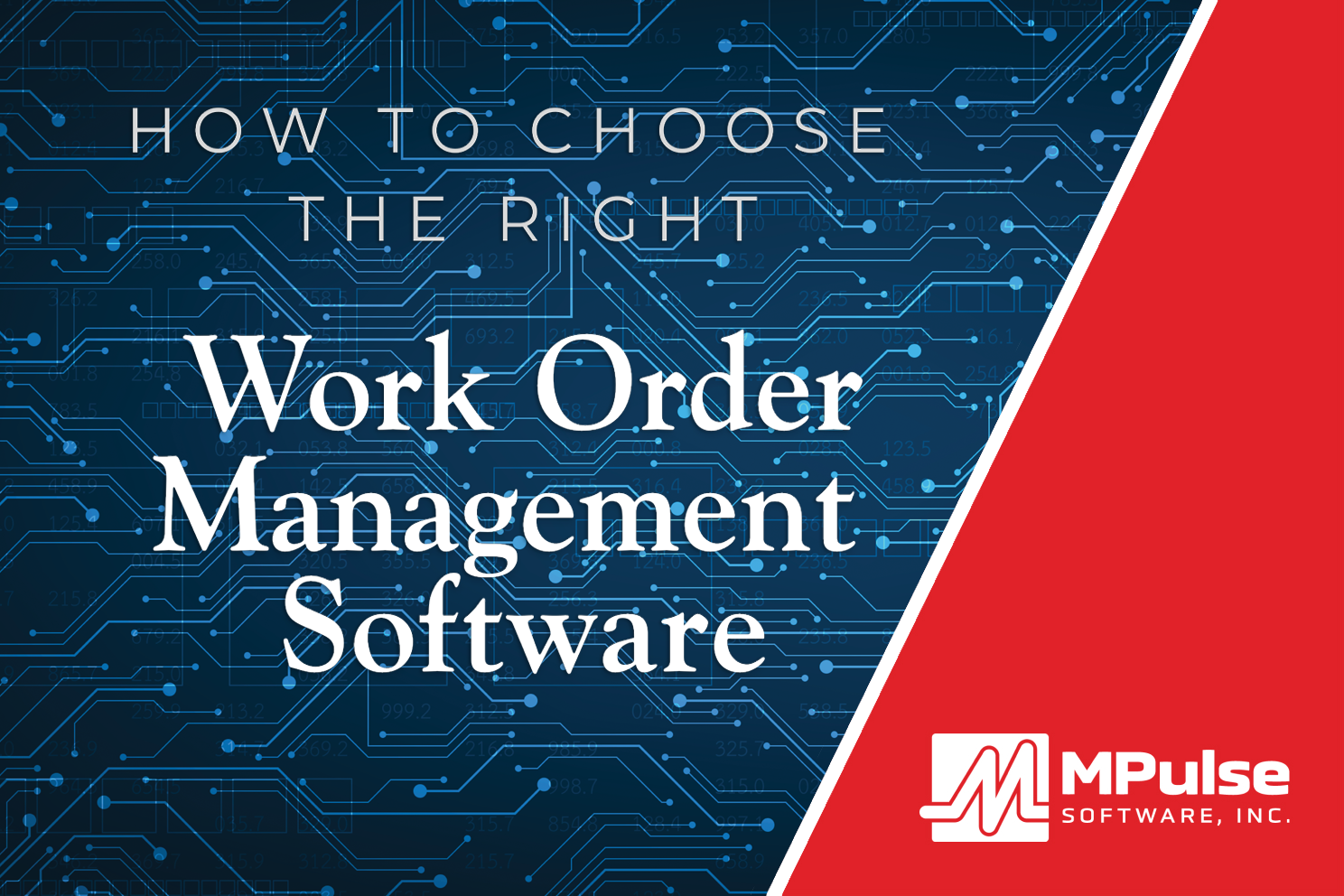Busy maintenance professionals live by schedules. When those schedules feel overwhelming, pencil whipping becomes a common method to get things under control.
But pencil whipping comes at a cost.
Table of Contents
What Does Pencil Whip Mean?
Pencil whip means to sign off on a document or work order without performing the task or knowing that it has been performed appropriately.
Why is Pencil Whipping a Problem?
In the maintenance profession, documentation shows that something was done and when. And there are plenty of documents to approve—work orders, inventory forms, inspections, certifications, service requests, and more.
Pencil whipping undermines the system. Suddenly, your records aren’t accurate, so your organization is at greater risk for injuries, accidents, and equipment failure. And as every maintenance professional knows, maintenance usually gets the first call when things go wrong.
How To Prevent Pencil Whipping in Your Organization
If your team is pencil whipping, you need to find the reason behind it.
#1: Overburdened Team Members
Maintenance departments are busy places, and it’s not uncommon for employees to get overwhelmed. While other departments may have a review process in place for finished tasks, that’s not always realistic for the maintenance field.
It’s important to understand how much time tasks typically take, so you can set realistic expectations for the team and for managers.
Tracking time in CMMS software is the first place to start. It’s not unusual for maintenance managers to discover they are understaffed for the amount of work they’re expected to complete. Solid data and reports from CMMS software are the first step to explaining the problem to management and finding solutions.
#2: Low Value Tasks
If a technician feels a task is pointless, pencil whipping becomes more likely. Inspections, for example, may continuously result in few or no issues. As a result, the temptation is to mark something as complete when it wasn’t done, thinking that the consequences are low, or no one is likely to find out.
Of course, if something goes wrong, the maintenance team gets the blame. No one wants to be the center of an investigation of a failure or injury caused by cutting the inspection process short.
Communication is key here–the maintenance team needs to understand why these tasks are vital. CMMS software can help streamline inspections to make them faster and easier. You can also adjust inspection schedules if the data shows a longer time period is warranted. Also, performing random checks helps ensure all workers are safe and that protocols are being followed.
#3: Unrealistic Metrics
Metrics run the maintenance field, but unrealistic metrics set your organization up for pencil whipping. Often metrics are the source of Reason 1 above because if a target is unobtainable, pencil whipping helps your team keep up.
Data from CMMS software can help you define realistic metrics and adjust them frequently as necessary. Again, reports are the best way to show management what’s happening—and what changes are necessary.
#4: Organizational Culture
Organizational culture is often the cause of the first three reasons that pencil whipping occurs. It’s vital to communicate the importance of maintenance work and establish workflows that make achieving goals both possible and manageable.
First, take steps to foster a culture of transparency and mutual respect between technicians and management. This means creating and sustaining an atmosphere where technicians feel comfortable asking questions and voicing concerns. It also means establishing an environment of trust where technicians feel that their concerns are being heard and addressed.
It’s likely you’ll experience some resistance to changes in organization culture. That’s not an easy task. It can help to remind managers that cutting corners can cause serious injuries to employees, damage your company’s reputation, or even result in criminal charges.
How Use CMMS Software to Prevent Pencil Whipping
CMMS software can reduce the temptation of pencil whipping. Maintenance data serves multiple purposes to address the issues listed above. Realistic expectations supported by CMMS reports will help you address pencil whipping.
Mobile CMMS also can reduce pencil whipping. By streamlining tedious paperwork with CMMS automation on a mobile device, your team can spend less time on mundane tasks like data entry, and more time doing maintenance. Plus, easy access to historical data, inventory information, user manuals, and more makes sure your team has the information they need while they’re in the field or on the plant floor.
But, most importantly, CMMS software can help create accountability. That means all employees are responsible for their actions, behaviors, performance, and decisions. Often, accountability can increase commitment to work and employee morale, which leads to higher performance.
How does your organization prevent pencil whipping? Start with a free trial of MPulse CMMS software and see for yourself.






